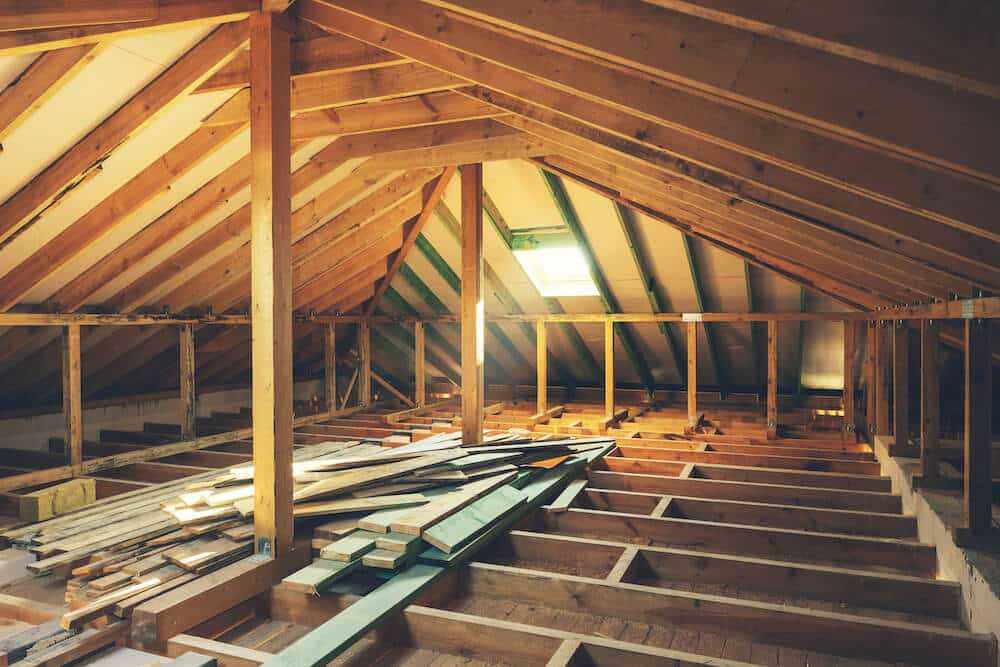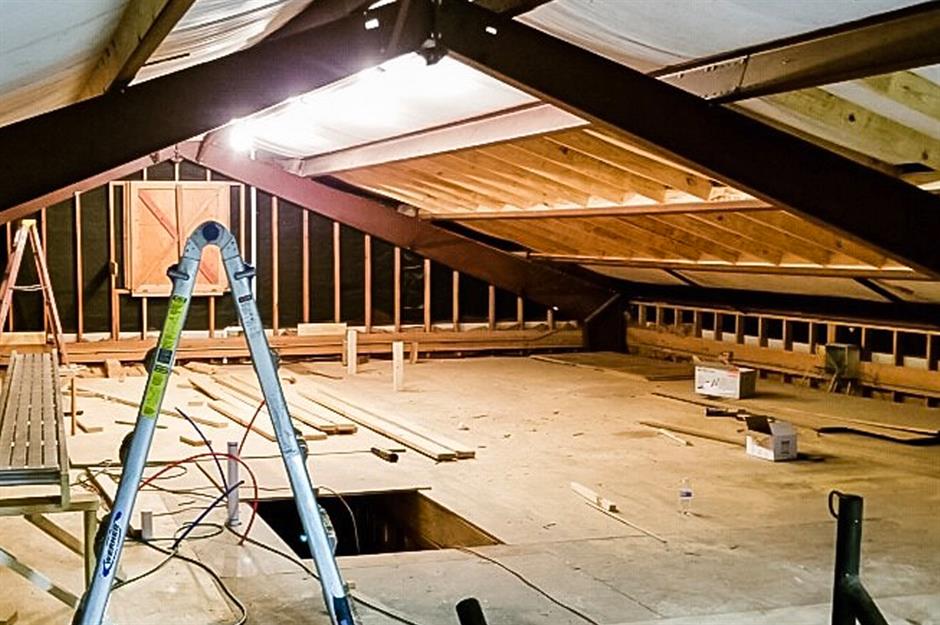Keeping your attic well-ventilated is crucial for maintaining a healthy and efficient home environment. Attic ventilation fans play a vital role in ensuring that your attic stays dry and maintains a consistent temperature. Proper maintenance of these fans not only extends their lifespan but also enhances your home’s energy efficiency and comfort. Whether you’re a new homeowner or a seasoned real estate developer, understanding how to maintain attic ventilation fans is essential. This guide provides comprehensive insights into ensuring these appliances serve you well for years to come.

Understanding the Importance of Attic Ventilation
An attic ventilation fan helps in regulating the temperature in your attic, preventing heat buildup in the summer and moisture accumulation in the winter. These fans facilitate the movement of air, reducing the strain on your HVAC system and ultimately saving energy costs. Attic ventilation not only protects your roof from damage but also improves the overall air quality in your home.
Common Types of Attic Ventilation Fans
Before diving into maintenance tips, it’s important to understand the different types of attic ventilation fans available:
- Electric Attic Fans: These are powered by electricity and are highly efficient in circulating air.
- Solar Attic Fans: A more eco-friendly option, these fans use solar energy to operate.
- Turbine Vents: These are wind-powered and require no electricity.
- Ridge Vents: Installed along the roof’s peak, they work with natural airflow.
Steps to Maintain Your Attic Ventilation Fans
1. Regular Cleaning
Dust and debris can accumulate on the fan blades and motor, affecting their performance. Regularly cleaning your attic fan is crucial. Use a damp cloth to wipe down the blades and a vacuum to remove any dust from the motor.
2. Inspect Fan Blades
Check the fan blades for any signs of wear and tear. Damaged blades can cause the fan to wobble and lead to further mechanical issues. Replace any broken or bent blades promptly.
3. Lubricate Moving Parts
Lubrication reduces friction and ensures smooth operation. Apply a few drops of machine oil to the moving parts of the fan, such as the motor bearings, to keep them running efficiently.
4. Check Electrical Connections
Ensure all electrical connections are secure. Loose wires can lead to inefficient operation or even pose a fire hazard. If you’re not comfortable checking the wiring yourself, consider hiring a professional electrician.
5. Test the Thermostat
Most attic ventilation fans have a thermostat that triggers the fan to turn on and off. Test the thermostat by adjusting the temperature settings and observing if the fan responds appropriately.
Benefits of Regular Maintenance
Maintaining your attic ventilation fans offers several benefits:
- Increased Lifespan: Regular maintenance can significantly extend the life of your fans.
- Energy Efficiency: A well-maintained fan reduces energy consumption, lowering your utility bills.
- Improved Air Quality: Proper ventilation prevents mold growth and improves the air quality in your home.
Troubleshooting Common Issues
Fan Not Turning On
If your fan isn’t turning on, check the power supply and ensure the thermostat is set correctly. If the problem persists, the motor might need replacement.
Excessive Noise
Noisy fans can be a result of loose parts or debris in the blades. Tighten any loose screws and clean the fan thoroughly to resolve this issue.
When to Call a Professional
While regular maintenance can be done by homeowners, certain situations require professional intervention. If you’re facing persistent electrical issues or need to replace the motor, it’s advisable to hire a professional to ensure safety and proper repair.
Additional Resources
For more detailed step-by-step instructions on attic maintenance, consider visiting Attic Organization Tips and Attic Truss Repair. These resources provide valuable insights into maintaining your attic space effectively.

FAQs
1. How often should I clean my attic ventilation fan?
It is recommended to clean your attic ventilation fan at least twice a year to ensure optimal performance.
2. Can I install an attic fan myself?
While some homeowners choose to install attic fans themselves, it is advisable to hire a professional to ensure proper installation and safety.
3. What is the ideal temperature setting for an attic fan?
The ideal temperature setting for an attic fan’s thermostat is typically between 90 to 110 degrees Fahrenheit, depending on your local climate.
Whether you’re a homeowner or a real estate developer, understanding how to maintain attic ventilation fans is essential for ensuring a comfortable and energy-efficient home. Regular maintenance not only extends the lifespan of your fans but also contributes to a healthier living environment.
For further inspiration on transforming your attic space, check out these Attic Remodeling Ideas.
This article contains affiliate links. We may earn a commission at no extra cost to you.




